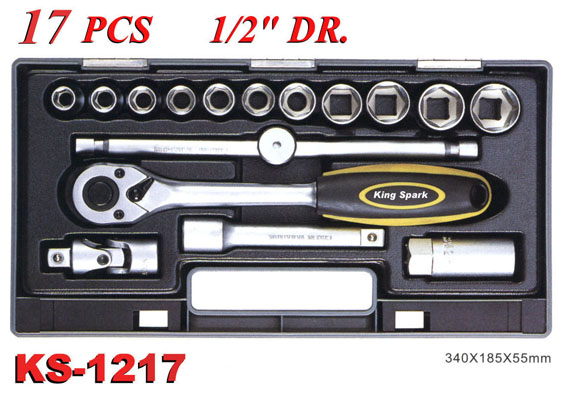In this Blog, students of Electronic/Electrical/Computer Engineering will find the Topics & Materials which will be helpful to them.
Note that this blog will keep updating on regular basis, so please keep visiting for updates.
Thankyou.
Electronic Engineering blog .. electronic engineering articles, electronic engineering universities , technology , engineering ,electronic instruments tools. circuits ,basic circuits, projects














